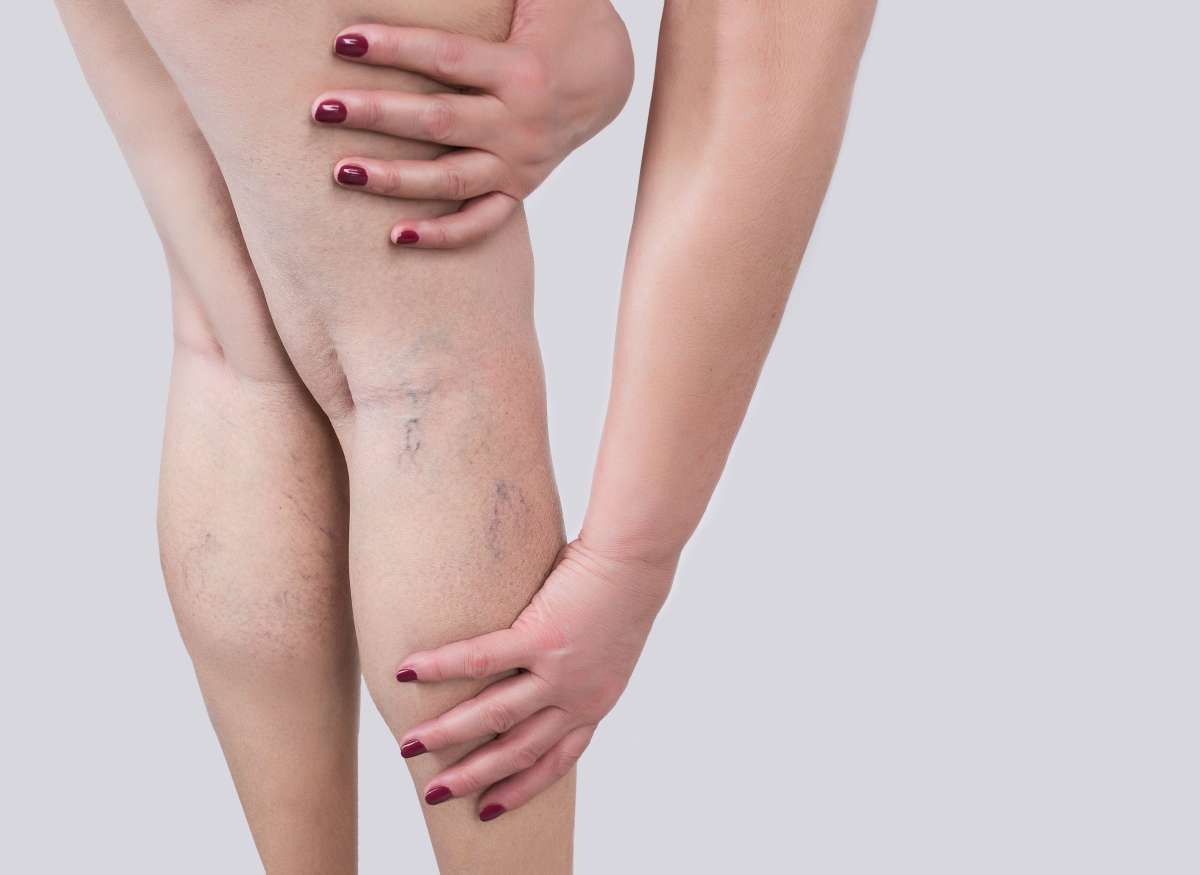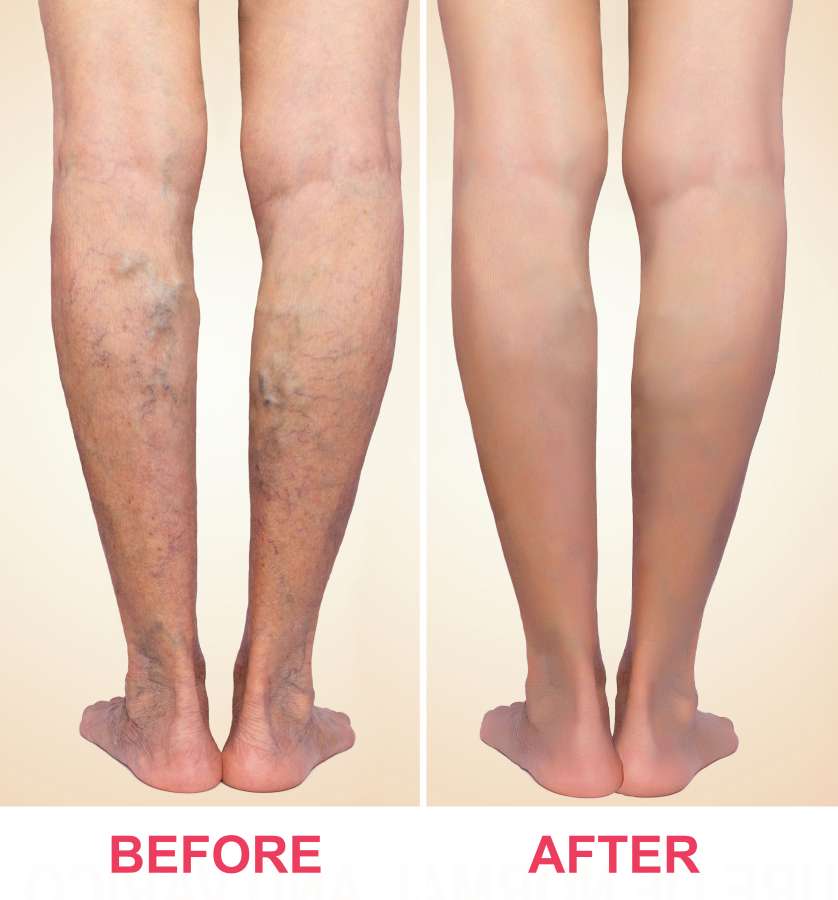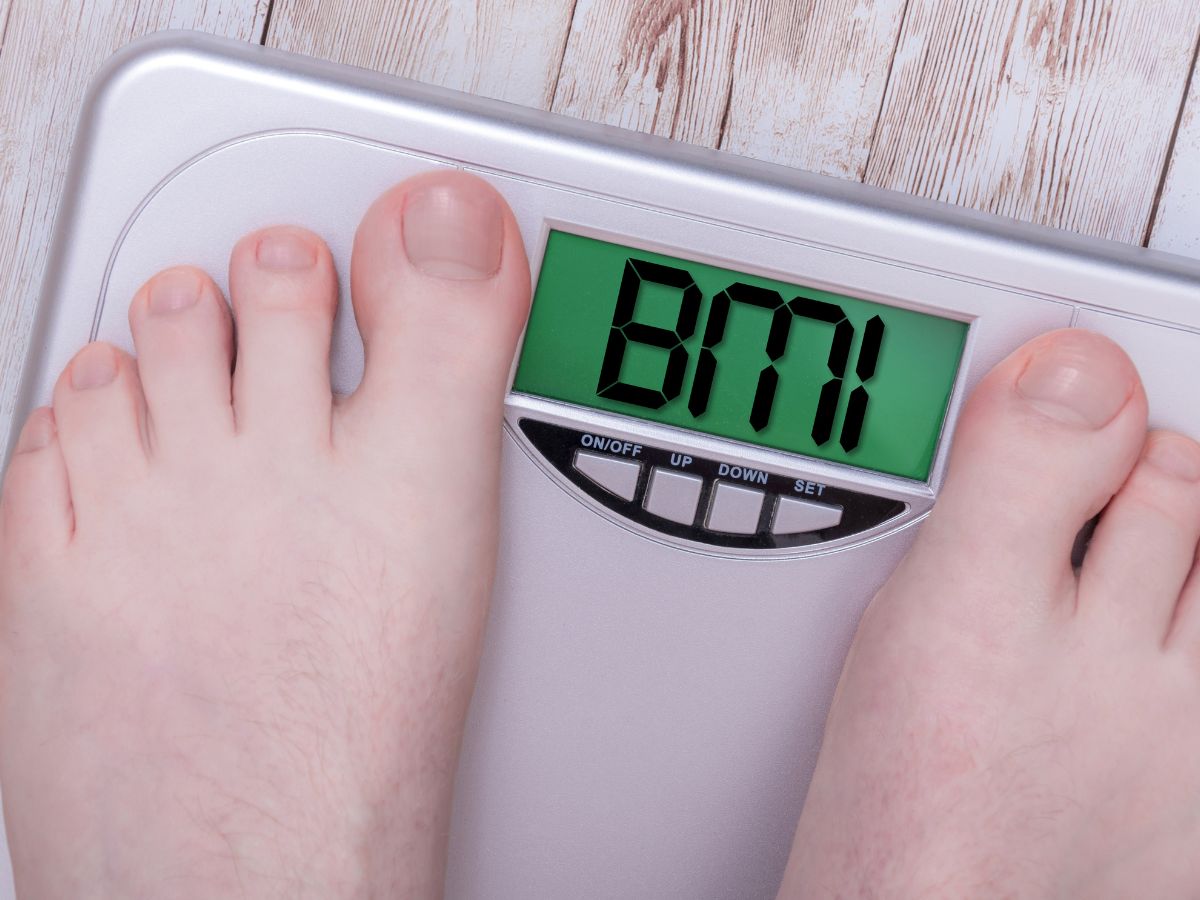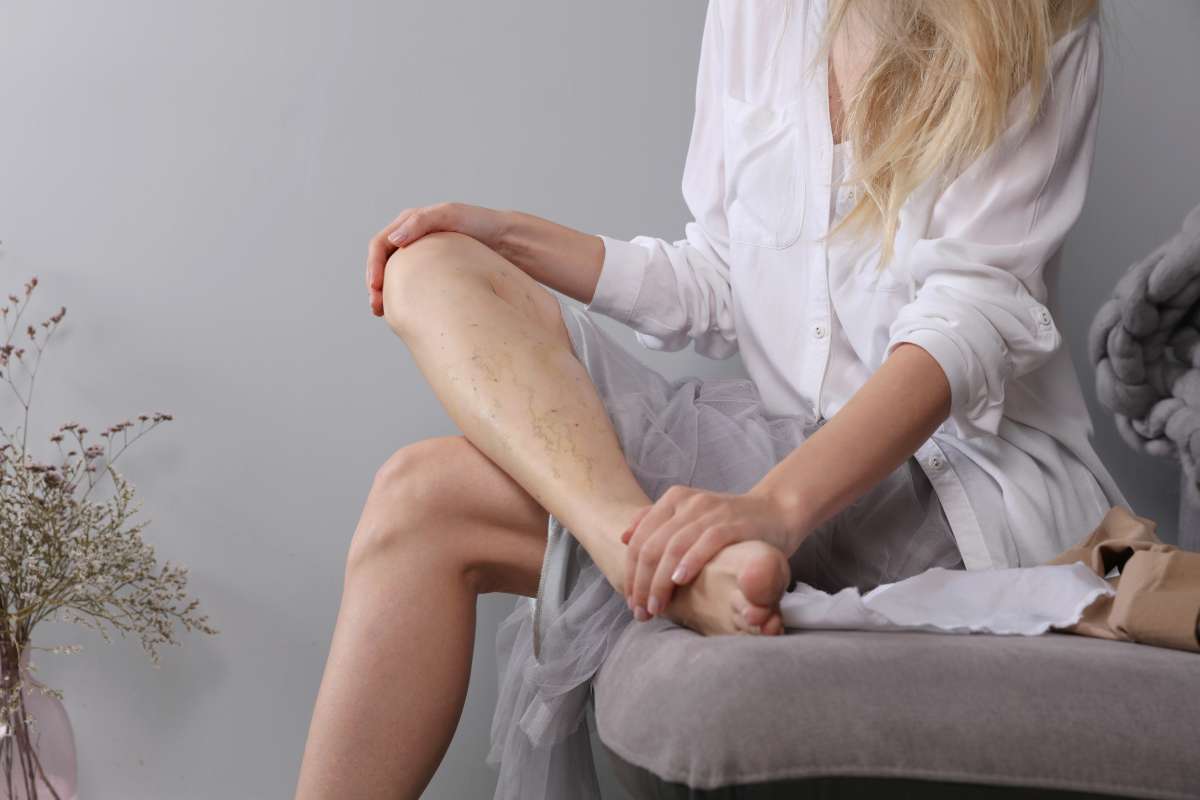Varicose veins and circulatory changes are common issues that many individuals face, often causing discomfort and concern. Varicose veins, characterized by twisted and enlarged veins, can occur in various body parts but are most frequently found in the legs. These changes are often linked to shifts in blood circulation, which can impact a person’s health and well-being in various ways.
Managing varicose veins and circulatory changes is essential for reducing discomfort and preventing potential complications. This guide will explore practical strategies and lifestyle changes to manage varicose veins, improve circulatory health, and enhance overall well-being. Whether dealing with the appearance of varicose veins or seeking relief, understanding these conditions and how to address them can contribute to a healthier life.
1. Understanding Varicose Veins
a. What are Varicose Veins?
Enlarged, twisted veins typically appear in the legs and feet, known as varicose veins. They occur when the valves in the veins fail to function correctly, leading to blood pooling and causing the veins to swell. This condition is not only a cosmetic concern but can also result in discomfort and health complications.
b. Causes and Risk Factors

Various factors contribute to the development of varicose veins, including genetics, age, and prolonged periods of standing or sitting. Pregnancy and obesity can also increase the risk. Understanding these factors is crucial for effective prevention and management.
2. Recognizing the Symptoms
a. Visible Signs
One of the primary symptoms of varicose veins is the appearance of twisted, bulging veins beneath the skin. These veins often have a bluish or dark purple hue. Patients may also experience itching or aching in the affected areas.
b. Associated Discomfort

Varicose veins can cause a range of discomfort, including a feeling of heaviness or fatigue in the legs. This is due to the faulty circulation in veins. Some people may also feel cramping or throbbing, especially after sitting for a long time or during the night.
3. Varicose Veins And Circulatory Changes: Diagnostic Procedures
a. Physical Examination
Doctors often start with a physical examination to assess the appearance of the veins and inquire about symptoms. This helps determine the severity of the condition and guide further diagnostic measures.
b. Imaging Tests

Advanced imaging techniques such as ultrasound, are commonly employed to get a detailed view of the veins and identify any underlying issues. These tests assist in creating an accurate diagnosis and planning appropriate treatment.
Whenever your doctor suspects a deep venous pathology, he/she may ask for a CT or MR venogram to rule out such pathology before any intervention.
4. Lifestyle Modifications for Prevention
a. Regular Exercise
Regular physical activity promotes healthy blood circulation, reducing the risk of varicose veins. Activities such as walking, swimming, and cycling are particularly beneficial.
b. Weight Management

Maintaining a healthy weight is crucial for preventing and managing varicose veins. Excess weight puts additional pressure on the veins, contributing to their enlargement.
Also read: The Impact Of Weight Loss On PCOD And PCOS Symptoms
5. Varicose Veins And Circulatory Changes: Conservative Treatment Approaches
a. Compression Stockings
Compression stockings are often recommended to reduce symptoms associated with varicose veins. These specially designed stockings apply pressure to the legs, helping blood flow and reducing discomfort.
b. Elevation of Legs

Elevating the legs above the heart level helps reduce swelling and improve blood circulation. Include this simple yet effective measure in your daily routines to manage varicose veins.
6. Varicose Veins And Circulatory Changes: Medical Interventions
a. Sclerotherapy
Sclerotherapy is a minimally invasive procedure where a solution is injected into the affected veins, causing them to collapse and eventually fade. It is a popular option for smaller varicose veins.
b. Endovenous Laser Ablation (EVLA)
EVLA is a procedure that uses laser energy to close off problematic veins. It is particularly effective for more prominent varicose veins and offers a quicker recovery than traditional surgical methods.
7. Long-Term Management and Follow-up
a. Regular Monitoring
Even after successful treatment, regular check-ups with doctors are essential. Monitoring the condition helps in detecting any recurrence or developing complications quickly.
b. Lifestyle Adherence

A healthy lifestyle, including regular exercise, weight management, and proper sitting or standing habits, is crucial for long-term management. These practices contribute to overall circulatory health.
Managing varicose veins and circulatory changes involves a multi-faceted approach. This approach involves making lifestyle changes, using conservative measures, and considering medical interventions. Understanding the symptoms, risk factors, and available treatment options empowers individuals to take proactive steps in their vascular health. By including these strategies in daily life and seeking timely medical advice, individuals can effectively manage varicose veins and promote optimal circulatory function.
Managing varicose veins and circulatory changes is about addressing the visible signs and sustaining lifestyle changes that contribute to overall vascular health. Whether through regular exercise, weight management, or medical interventions, a comprehensive approach is key to long-term well-being.
